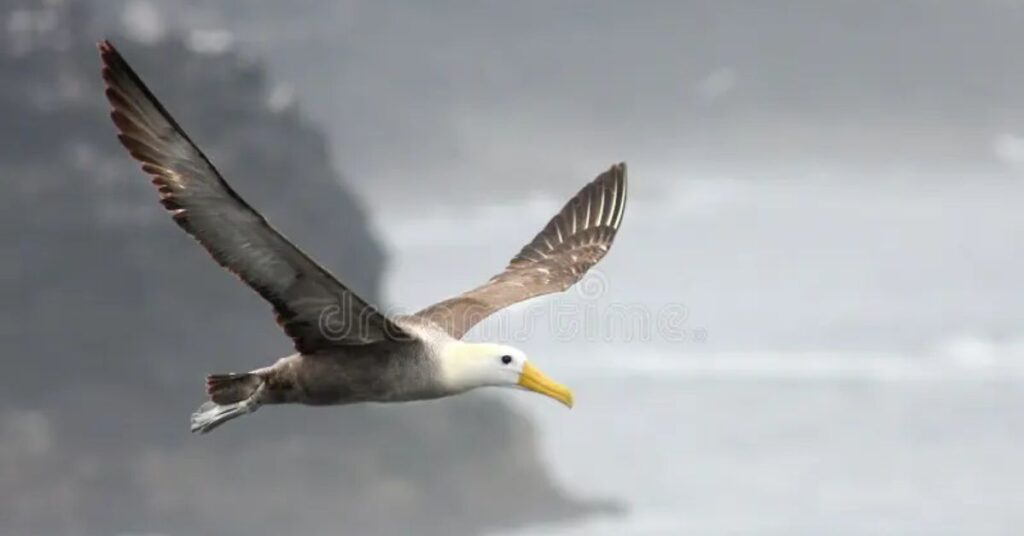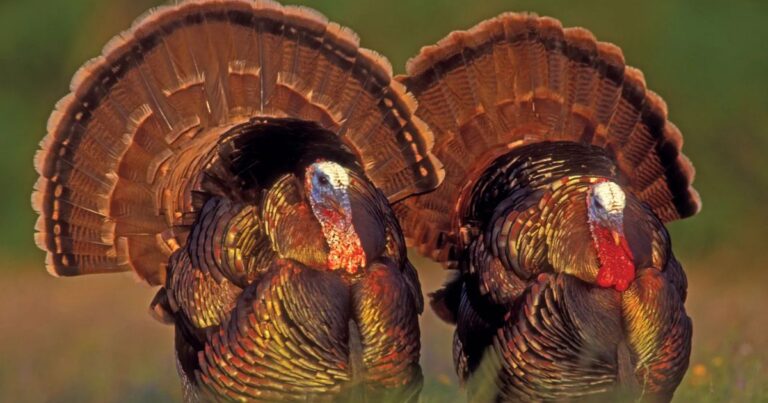Albatross: Best And Unique Information
In the vast, open skies above the ocean, a majestic bird soars with effortless grace the albatross. With wingspans stretching up to 12 feet, these remarkable seabirds are not just icons of maritime folklore but also fascinating subjects of scientific study.
Gliding across thousands of miles of turbulent waters without flapping your wings this is the extraordinary life of an albatross. Renowned for their incredible endurance and navigational prowess, they traverse entire oceans in search of food, often spending years away from land.
Some Special Characteristics
The albatross, often celebrated for its impressive wingspan, possesses remarkable adaptations that extend beyond mere physical grandeur. These seabirds can glide effortlessly over vast oceans, utilizing dynamic soaring techniques that allow them to harness wind currents while expending minimal energy. These birds are truly remarkable seabirds, known for their impressive wingspans that can stretch over 12 feet, making them one of the largest flying birds on the planet.
These bird are social creatures that engage in complex courtship displays characterized by intricate dances and synchronized movements. These rituals play a crucial role in mate selection and pair bonding, reflecting a deep commitment as many species mate for life. Their longevity some live up to 60 years adds another layer to their social dynamics.
Habitat and Distribution
Albatrosses spend most of their lives far from land, nesting predominantly on remote islands in the Southern Ocean and the North Pacific habitats that provide both seclusion from predators and access to abundant marine resources. Understanding this seemingly effortless journey leads us to appreciate how these creatures rely deeply on specific oceanic patterns and wind currents to thrive.

Another fascinating characteristic is their remarkable longevity; many albatross species can live for several decades. This long lifespan creates a unique breeding cycle where they typically mate for life, forming strong bonds with partners influenced by elaborate courtship displays involving synchronized flights and gentle touches.
Behavior
The albatross is a master of the skies, showcasing remarkable behaviors that captivate researchers and birdwatchers alike. One of its most distinctive traits is its ability to glide effortlessly for hours on end without flapping its wings, utilizing dynamic soaring techniques.
By exploiting wind patterns over the ocean’s surface, these magnificent birds can cover thousands of miles with minimal energy expenditure an adaptation vital for survival in their vast marine habitats.
Diet
The albatross, renowned for its impressive wingspan, also boasts a unique dietary preference that sets it apart from many seabirds. Unlike their smaller cousins, albatrosses primarily feast on marine life that floats on the surface of the ocean.

Their diet predominantly consists of squid and fish scraps left behind by fishing vessels, which they skillfully locate using their keen sense of sight as well as their remarkable ability to glide gracefully over vast expanses of water.
This impressive adaptation not only allows them to travel thousands of miles in search of food but also highlights their role in maintaining oceanic ecosystems.
Reproduction
These birds often mate for life, engaging in complex courtship displays that involve synchronized aerial dances, showcasing a bond that may last decades. This commitment is crucial since albatrosses invest significant time and energy into raising their young; they typically produce just one egg every two years. Such infrequent reproduction necessitates meticulous parental care and cooperation during the lengthy incubation period.

These birds reproductive strategy extends to its unique feeding habits which indirectly support successful breeding outcomes. They are masterful ocean travelers, capable of gliding over vast distances with minimal effort this ability allows them to find rich feeding grounds while avoiding predators and competitors.
Predators and Threats
These birds are masters of dynamic soaring, using wind currents over the ocean to glide effortlessly for hours without flapping their wings. This energy-efficient flying style allows them to cover vast distances some species can circumnavigate the globe with minimal effort while searching for food.
Despite their grace and strength in flight, albatrosses face significant threats from both natural predators and human activities. While adult albatrosses have few natural enemies due to their size, chicks are vulnerable to predation by introduced species such as rats and cats on nesting islands.
Conservation Status
Albatrosses are remarkable creatures of the sea, known for their impressive wingspans that can reach up to 12 feet. This immense size not only facilitates efficient gliding over vast ocean expanses but also serves a vital role in their feeding habits.

With their tubenose structure, albatrosses possess an exceptional sense of smell that allows them to locate food from significant distances a unique adaptation in the avian world. Their diet primarily consists of fish and squid, showcasing their ability to traverse diverse marine ecosystems.
Evolutionary History
The albatross is a remarkable avian wonder, showcasing extraordinary adaptations that have evolved over millions of years. This extensive wingspan enables an incredible ability to glide on ocean breezes with minimal energy expenditure, allowing these birds to cover vast distances often traveling thousands of miles without flapping their wings. Such efficiency is not merely ancient lore; it’s a modern marvel honed through an evolutionary history shaped by life at sea.
Delving deeper into their evolutionary traits reveals how albatrosses have developed unique nesting behaviors that further distinguish them within the bird kingdom. They mate for life and often return to the same breeding grounds year after year, demonstrating a strong sense of fidelity that reflects deep genetic advantages in terms of successful rearing of young chicks.
Relationship with Humans
This majestic bird’s relationship with humans has been complex and multifaceted. While they have inspired countless myths and legends a testament to human fascination albatross populations are increasingly threatened by modern fishing practices and environmental changes.
The introduction of longline fishing has inadvertently turned these birds into entangled victims rather than revered icons. Conservation efforts aimed at mitigating bycatch highlight our responsibility towards these magnificent creatures; as stewards of the environment, we now face an ethical imperative to ensure their survival for future generations.
And Also Read What Mean to Spiritual See a Yellow Bird? Best Information
Conclusion
The albatross is not only a marvel of nature but also a symbol of endurance and grace in the avian world. With their impressive wingspans and remarkable flying abilities, these seabirds have captured the fascination of ornithologists and nature enthusiasts alike. Beyond their physical attributes, albatrosses play a vital role in marine ecosystems, serving as indicators of ocean health. Their unique behaviors and social structures offer valuable insights into the complexities of wildlife conservation.







